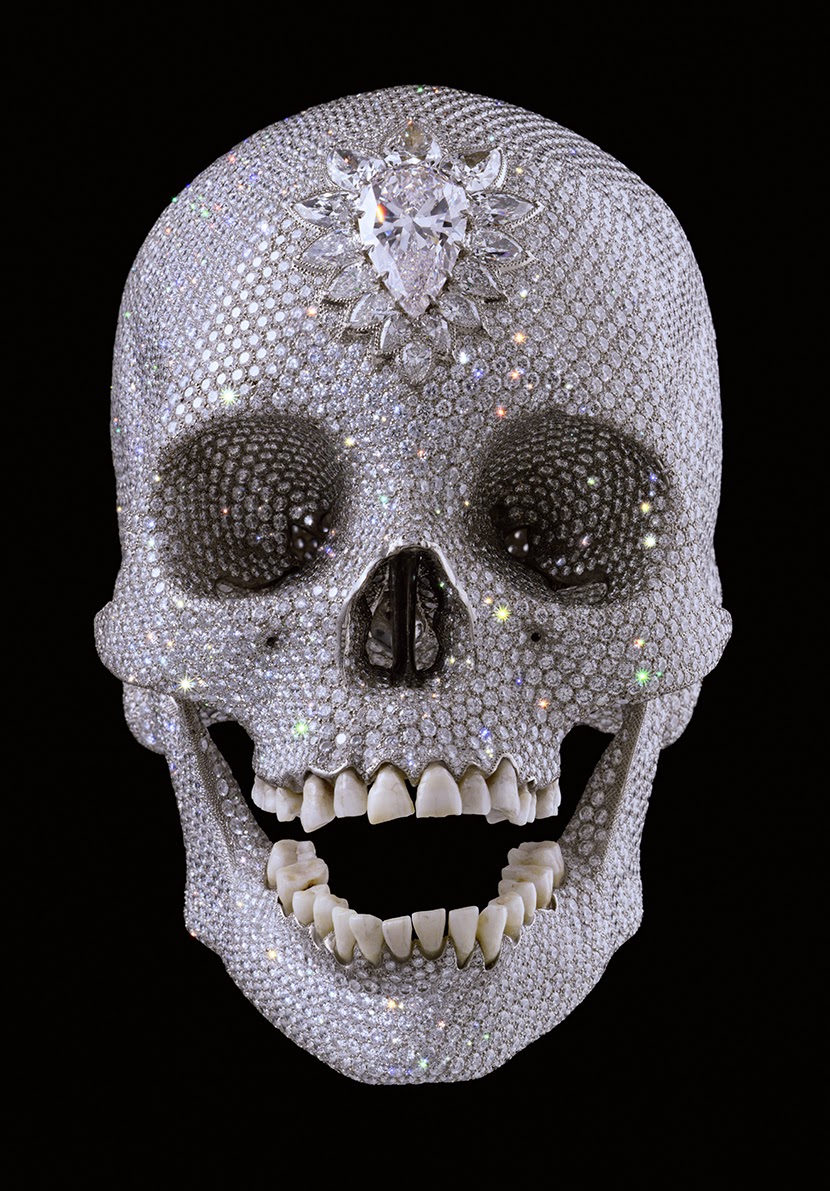And that's just Western art
history; there are dozens of other cultures we didn't even touch on! Anyway,
there it is in a nutshell. Although this is hardly near anything like a
comprehensive examination of the subject, hopefully this has been helpful in acquiring
a basic, big-picture understanding of art history. There is far more to be
said, but this is where I shall pause, as I've reached the limits of my own
personal goal for this study.
Looking ahead, I'll update with new
posts as things turn up, try to keep this blog still active and running.
Hopefully this can be a place of open discussion as well as a resource of
catalogued, informational entries and some cool images. It's possible now, with
a more across-the-board vision of the material, to have the kinds of broader
conversations one at last gets to in the conclusion paragraphs of essays and
papers (or perhaps this was merely an introduction or preface?), and with
everything laid out on the table like this, all our terms defined and key works
cited, it becomes easier to remain on the same page with people. So, is art
indefinable? Can we, even after years of study, still not arrive at a complete
and all-inclusive theory of art? Perhaps we missed something, or maybe it is
all there yet undeciphered. One thing's for certain: this discipline of
philosophical and creative expression harbors still more mysteries and wonders
that span the full breadth of human history and continue today, always
showcasing the light, shadow, and color of the human spirit with perhaps as
unfathomable a representation as the hearts of those who make and enjoy the
medium, and of all people.
What we've looked at is a very
brief history of Western art. It consists of casual, generalized historical
overviews and analyses of selected key works which can be found in a typical
syllabus of Western art history. This is a relaxed look at the material for
unofficial, non-academic, independent study and is by no means comprehensive or
exhaustive. I would also like to reiterate that the final section, labeled
"Contemporary Art," uses its title liberally and is probably much
less "contemporary" today than when I learned it. Art continues to
move forward, and many, if not all, of the works in this category are already
outdated and old. Very well, but I have maintained the designation of
"contemporary" to remain true to the format in which I was taught. If
there are any questions or comments, please post your comment on the blog or
send me a message on Blogger. I trust that this study has been useful to you. I
know I've enjoyed going through this syllabus; it was like shooting fish in a
barrel!
I am moved by
fancies that are curled
Around these
images, and cling:
The notion of some
infinitely gentle
Infinitely
suffering thing.
-T. S. Eliot, Preludes
This long essay on art history is
dedicated to a friend of mine, who has made a big difference in my life and to
whom I now would like to say, thank you.











